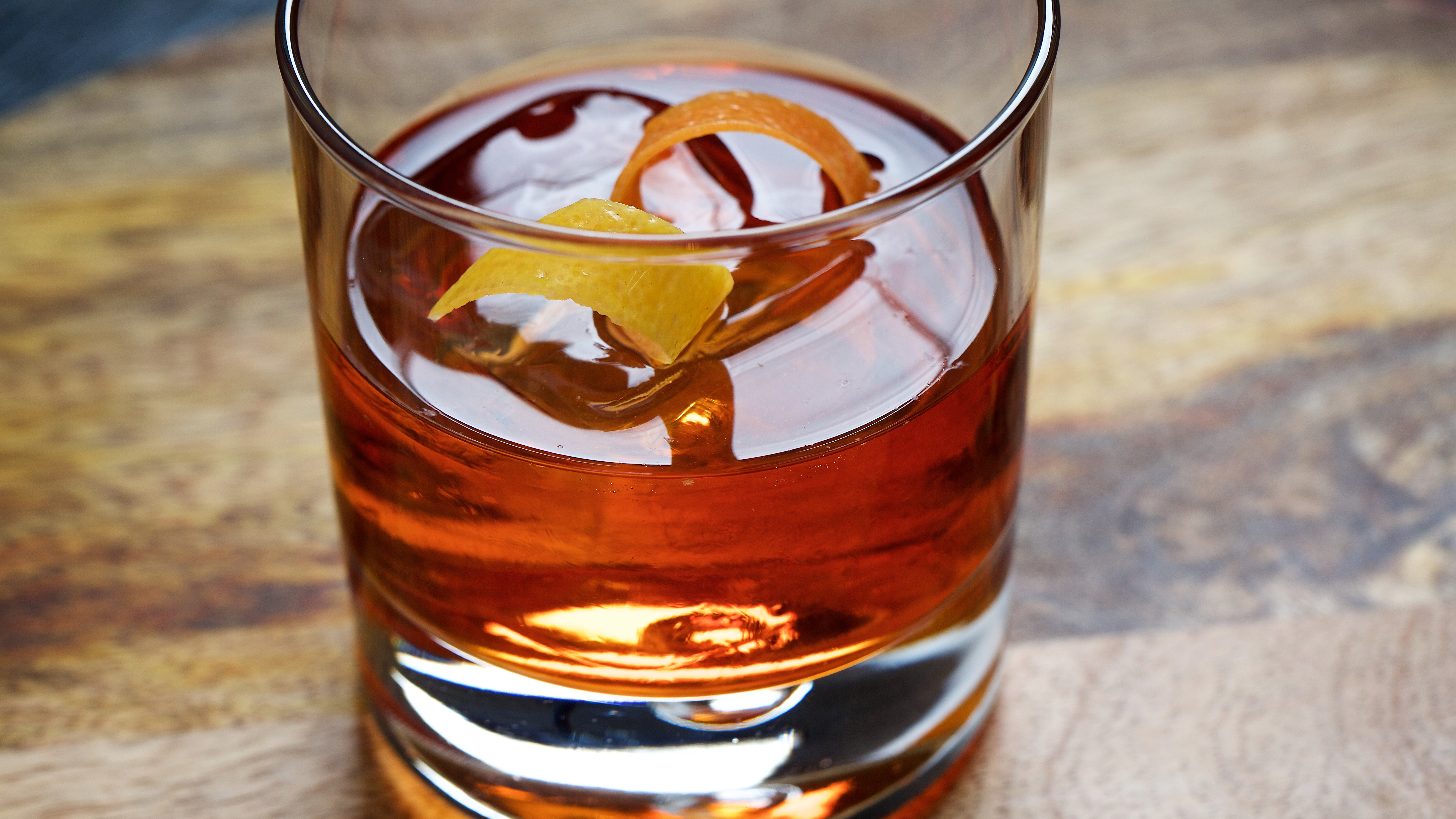How Does Your Summery Negroni Cocktail Get That Cool Color? Possibly Bugs
For some summer cocktail lovers, there's no concoction like the Negroni: equal parts vermouth, gin, and Campari. It's a little on the sweet side, but can be tempered with a slice of citrus, and its shimmering red-orange color, thanks to the Campari, is like no other.
Bloomberg reports that there may be a reason for that unexpected color that is a tad on the unusual side. To explain the shade, it delves into the history of cocktail, which was created in 1919 when Count Camillo Negroni wanted to some extra "oomph" added to his Americano cocktail, replacing the soda in that drink with gin.
The Campari history goes back even further, as Gaspare Campari added a natural red dye called carmine to the herbs, tree bark, and fruit peels "that gave the liqueur its distinctive red color for nearly 150 years." That dye was made from "cochineal, a scaly insect that looks like a tiny gnocchi." The females of the species engorge themselves with carminic acid to ward off predators, and that acid has that special bright red hue.
The cochineal's red is so vivid, it was used in paints and as a dye for textiles by the Aztecs and Peruvians for many years. Campari switched to a more artificial method in 2006, but bottles older than that, or possibly in countries like "Malaysia, Australia, and Canada may still use the natural dye." If you're curious, look for ingredients like cochineal, cochineal extract, carmine, carminic acid, or natural red 4 on the back of the label to find out in fact if you're in fact having a summer bug cocktail. But Bloomberg points out, the dye still shows up in products like Mentos and Yoplait yogurt (and used to be in Skittles). Since we will all be eating straight-up insects soon anyway, does it really make a difference?
